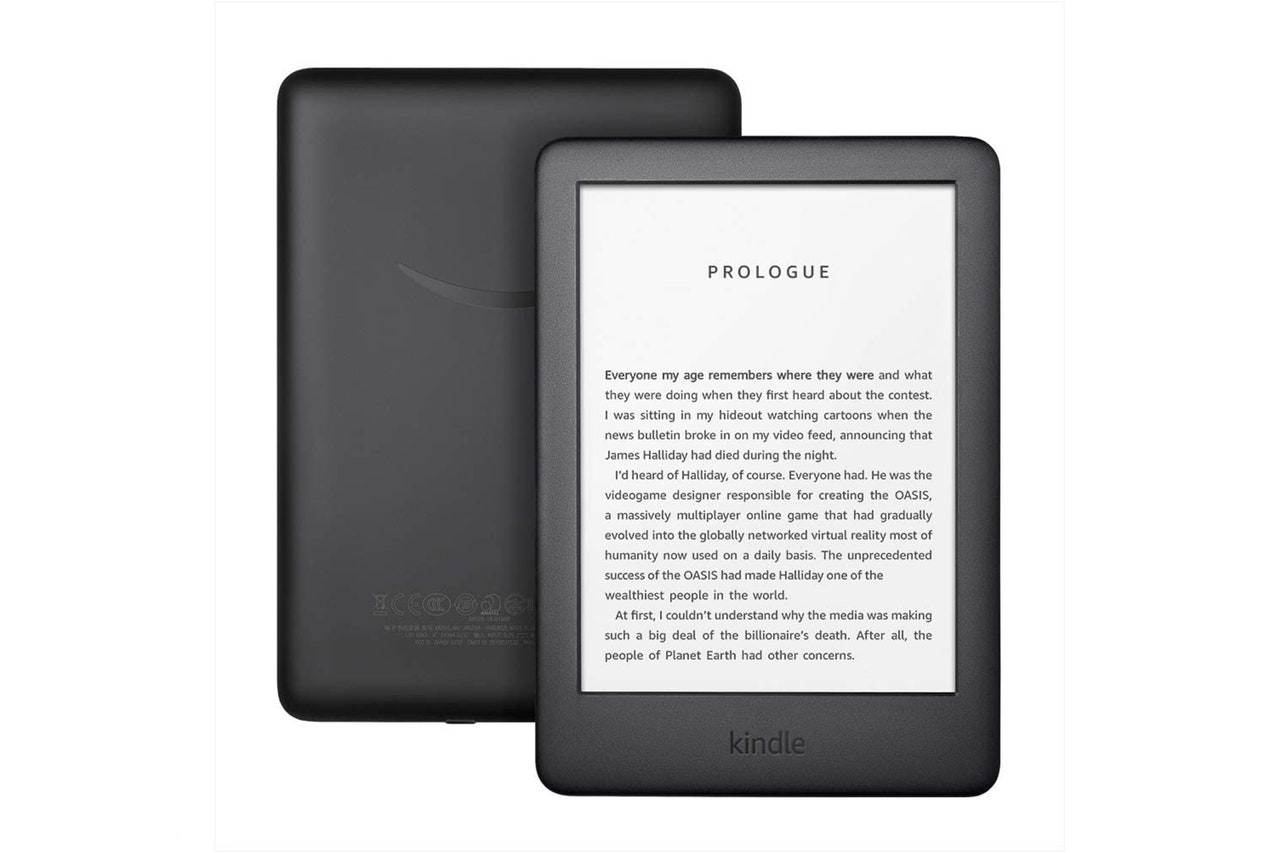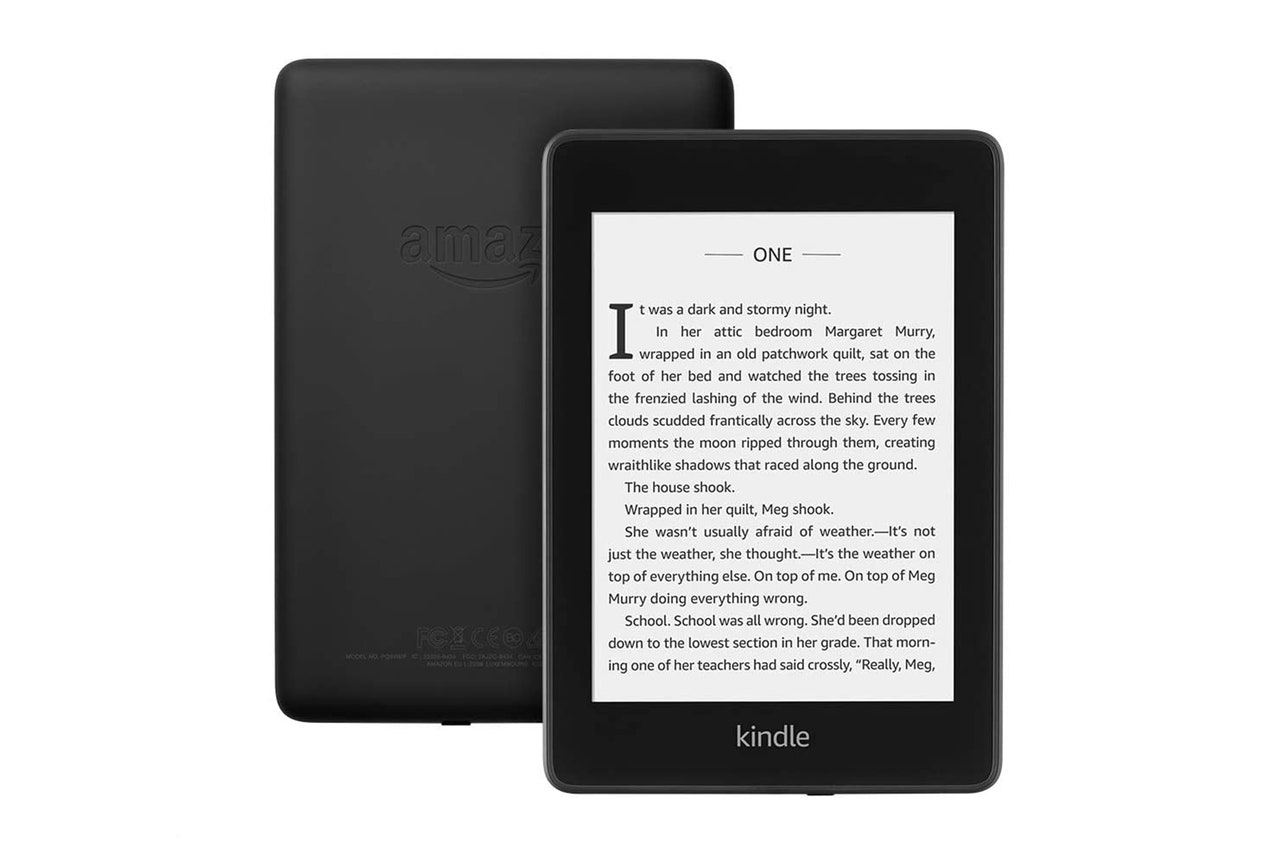To consider the best kindle and e-readers in 2020 (and, yes, now is a particularly good time to consider one because Amazon's unlimited ebook subscription is 50% off for
Prime Day), it's worth going back to the very first Amazon Kindle. Launched in 2007, it was peak 1.0 gadgetry: an e-ink screen that switched pages while you waited, a full keyboard, a design that looked like failed origami, and a $400 price. In most ways its was less enjoyable to use than its predecessor, which was books. I desperately wanted one.
Since then, the best e-readers have slowly-but-surely become remarkably utilitarian gadgets with genuine upsides over paper and glue: less-expensive books, wireless-everything, self-lit, sometimes even water-resistant. For less than $100, you can now have a pocketable sliver of plastic that holds 1,000 books (and requires the death of far fewer trees). And now you can dedicate your bookshelves to the performative curation your Instagram feed demands, versus the full John Grisham catalog you actually read. (And if you need some book recs…)
But the best e-readers aren't really bookshelf replacements: they're baited hooks for a book ecosystem that, like an iPhone, determines what you can and can't use—or, in this case, read. There's a reason the word “Kindle” has become the Kleenex or Band-Aid of the e-book space: it's brought to you by the industry-undercutting might of Jeff Bezos empire. You come for the solid hardware and the affordably priced e-books, and you stay because, well…you can't really buy books from anywhere else to use on a Kindle. (There are hacks; google away!)
That said, the Amazon Kindle line is not the only game in town, and not necessarily your best bet for the best e-reader, depending on your needs. So we've sorted through the morass to find the best kindle and the best e-readers for any type of reader.
Amazon Kindle + Kindle Unlimited
$130 with special offers
$150 without special offers
If you’re new to ebooks or just need a new ebook to replace your old one, it’s safe to say you’ll be happy with Amazon’s cheapest Kindle, which is called the “All-New Kindle” but we will just refer to as the Kindle to keep sane. While the higher-end models have more features, the base Kindle has the ones you need: a front light for reading in the dark, a long-lasting battery, and enough storage for more books than any one person could read in a year.
The screen is plenty sharp. Slightly less so than its more expensive variants, but not so much that you would notice without them side by side. Compared to a tablet or phone screen, e-ink is more comfortable to read, and, like a paper book, it’s actually legible in direct sunlight. The screen light works great in the dark and doesn't gobble up battery life.
Also, it's important to note that across the Kindle line you'll usually see two prices—one with “special offers” and one without. The special offers are ads that live on the screen when the Kindle is off, because e-ink screens don't spend battery when they're not being actively used. The ads are generally oddball screen savers, sometimes for steamy novels with strange and enjoyable covers. Get the special offers version and put the $20 you save toward a Kindle cover, which will both protect your screen and block that ad.
Amazon Kindle Paperwhite
$130 with special offers
$150 without special offers
The distinctions between the Paperwhite and the entry-level Kindle are few, but key for hardcore readers. The screen is slightly sharper (300 pixels per inch vs 167 pixels per inch). The sharper the screen, the more it looks like print.


